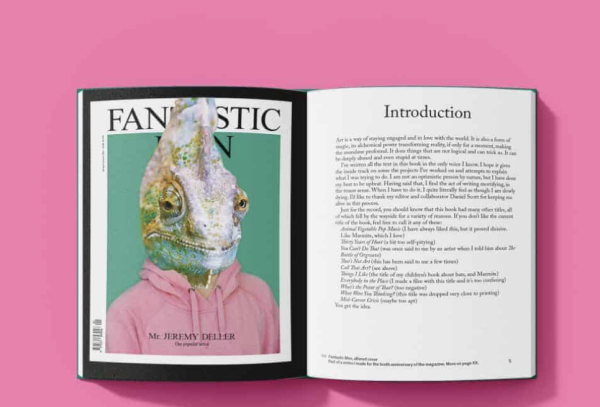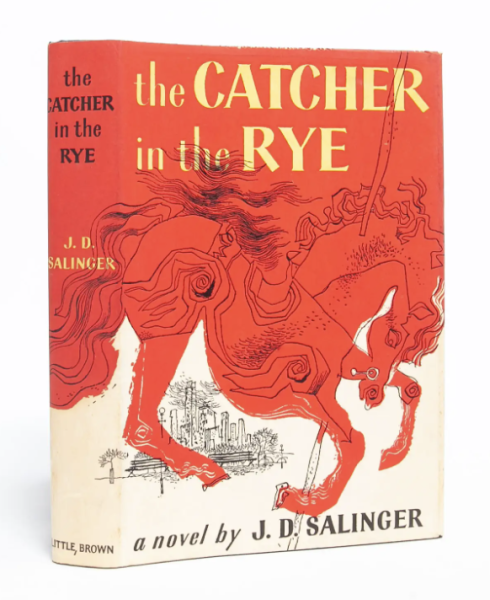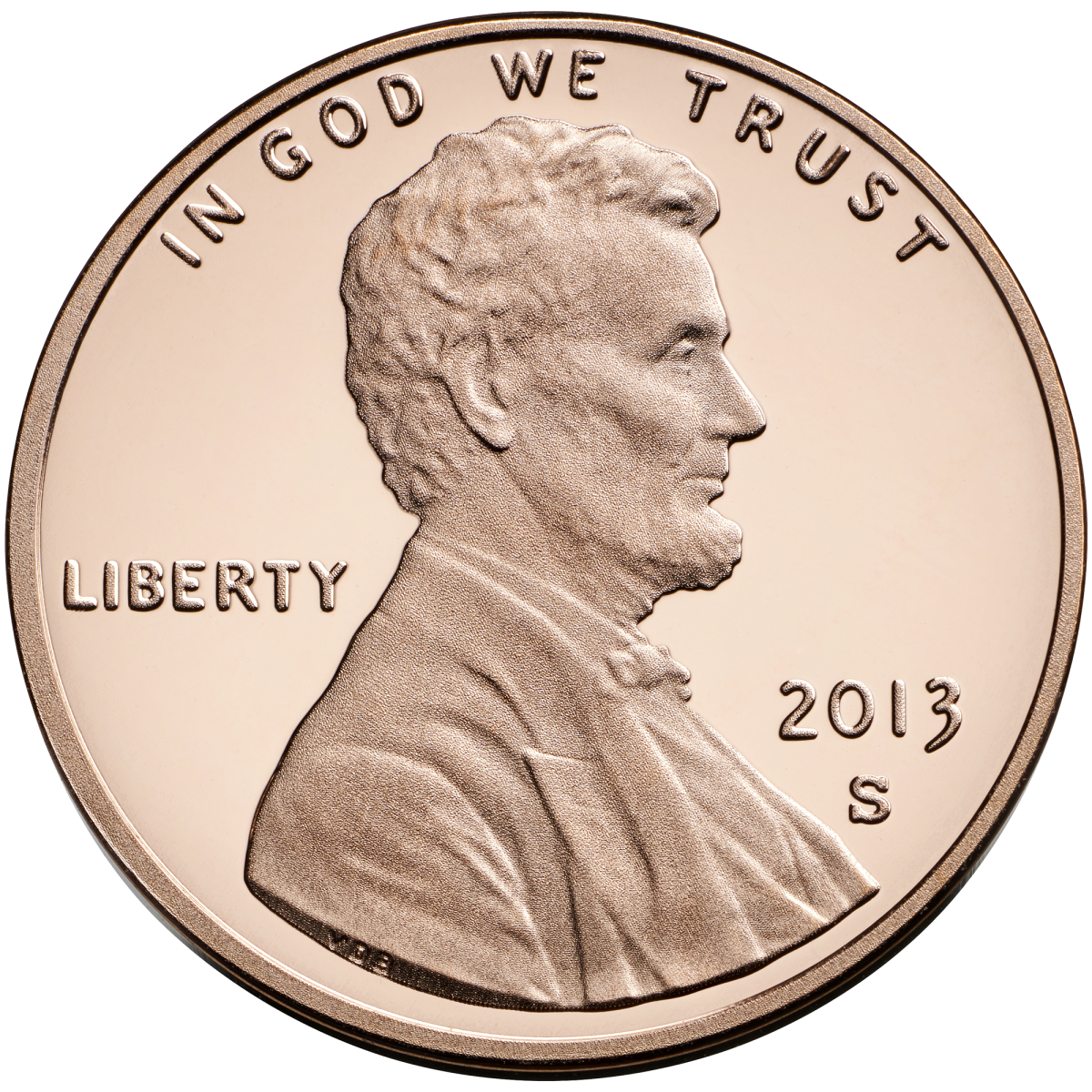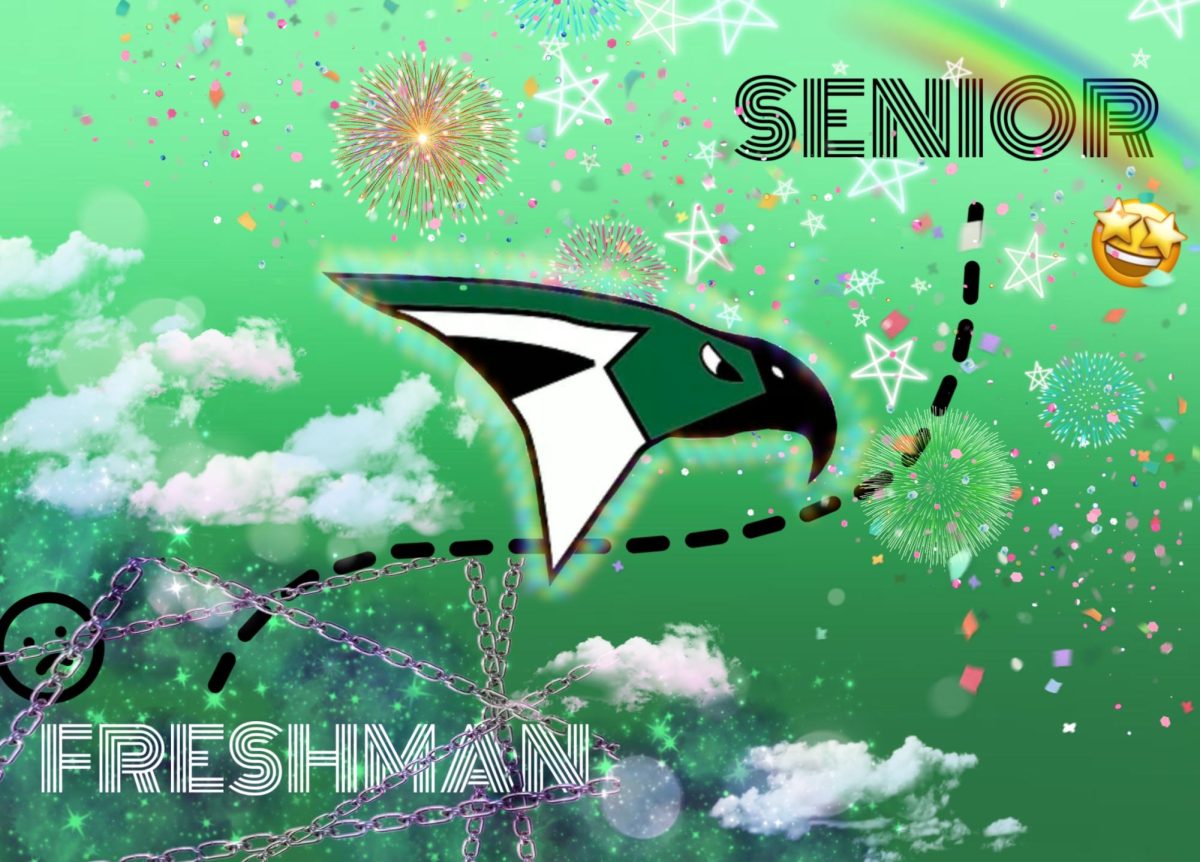The New York Times lineup is an incredible feat to undergo on an early Monday morning. But when mornings get drowsy and somewhat boring, New York Times games will always be there to answer our calls. Here are our personal lineups. Chloe: Connections, Mini Crossword, Wordle. Sutton: Connections, Sudoku, and Wordle. Afterwards, we normally venture over to the USA Today crossword puzzle. Only one of us is actually on their way to mastering the games, can you take a gamble on who it is?

Solving the connections is maybe the most difficult task to complete. There are some days I do not even want to open the game because I fear disappointment. To categorize these words, I recommend making you way through each word individually. For example, looking at the word “clue” you would need to think of all the synonyms for that word and the context surrounding the word. I also recommend looking at the spelling of these words looking for patterns in sounds and possible rhymes. Looking at sounds we can group four words right away. Pertaining to sounds a dog may make. Synonyms are very popular tricks for the connections to play. Branch, Arm, Wing, an Chapter are all words for “Departments” according to the puzzle. Blue and purple are the two hardest categories, but getting one means you are guaranteed to get the other one. These are the most frustrating puzzles to unravel, the last category down below represents colors with a different first letter, like “Clue” for Blue or “Frown” for Brown. That was the hardest group and to be honest, not one that I picked out. We’ve decided that it takes a lot of grit and creativity to truly master the connections and we are yet to reach that skill level. Nonetheless, there are other New York Times games that tickle our fancy.

The Sudoku is my ultimate favorite game to play throughout the day. This is primarily because I don’t have to purchase the New York Times app to get access to all three levels of the sudoku. I always begin with the medium level. This gives you somewhere to start with the same level of challenge the hard puzzle might bring to the table. I recommend using the candidate mode. This allows you to enter a smaller number that represents the possible numbers that a box can be. This way you can eliminate numbers without getting confused and lost. Make sure your crossword does not tell you if you are right or wrong when you put a number into the box. This spoils the fun as there are some times I am so close to finishing when I recognize that I’ve made in error somewhere in the past. I then have to make my way back through the puzzle which is the fun of it all.
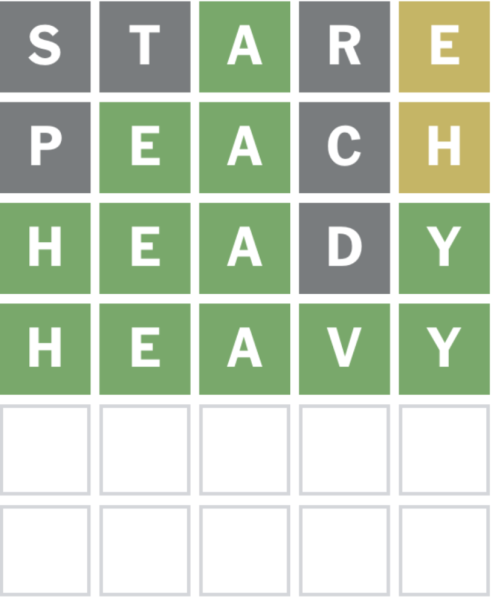
Solving the Wordle is another story. There are tactics that can guarantee you will guess the word in five attempts every time and or techniques that can get you there in two tries if you get lucky. My personal method is somewhat of a go with the flow and it switches up a little every time. However, what does not waver is the word I start with. Without fail, I always start with STARE no matter the occasion. I would say it has a pretty high success rate as it includes the two most used vowels A and E and three of the most common consonants S, T, and R. I almost always have a few yellow letters after my first guess at the least, if not a few green. However, one of my downfalls is how often I will rush. A lot of the time I will get fed up with not guessing any letters and will make sloppy errors. I tend to re-guess letters that are already confirmed to not be in the final word. Aside from that, if the word STARE has no correct letters I will move on to find a word that uses the combination of the letters CH or PL as I find there are many options using the prefixes. Another tip is to look at the analysis of your guesses using the Wordle bot. It will give you a play by play of how solid your guesses were based on a number from 0 to 100 with 100 being the best possible guess. It can give some great insight into your game play and how to improve it for next time.
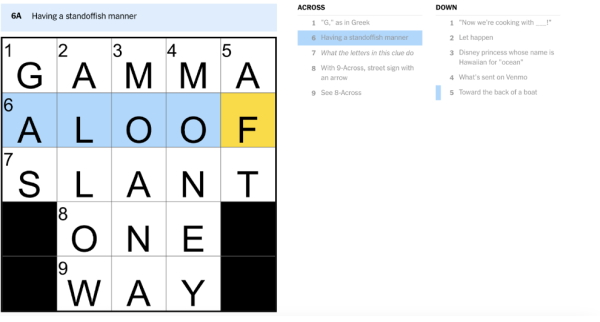
Onto the mini crossword. A classic NYT game people have been playing for ages. Being much quicker than the regular crossword (also free) you can attempt to complete it in under a minute- a classic part of my school day morning routine. However, too be honest, I have no set in stone method to completing it. Typically, I will do the across words first then move onto the down words to fill in the gaps. My current record is in the range from 20-30 seconds, but it only happens when I know a majority of the answers to the clues. One of the biggest NYT faux pas is turning on the auto-check when completing the mini crossword. It ruins the fun of the game and makes it way too easy. It is simply unacceptable. This game is an overall all around great way to start the morning while also taking a little bit of brain power.
The regular crossword is the alma mater of every NYT game that exists. It is the OG that led to the creation of everything else. All praises aside, it should be free. Along with the previous stated reasons of being the classic NYT game, it is an amazing way to pass the time in a boring class. If you are not willing to subscribe to play it, which I would say is not worth it, they have a crosswords archive where you can complete up to four past puzzles. The only issue is that after Tuesday, they get incredibly difficult. I can typically finish the Monday and Tuesday puzzles in about 15 minutes, but after that it can take upwards of 30 to 45 minutes to finish. However, it is a great way to improve your IQ and keep your mind sharp.
We highly recommend everyone to mosey on over to the NYT website and take your shot at some of the games. It is a great way to pass the time in class while also keeping your brain moving. So, next time you open your computer to go and play a game like Tetris or 2048, go play a NYT game instead, and, maybe, it will become a crucial part of your routine like it has in ours.








